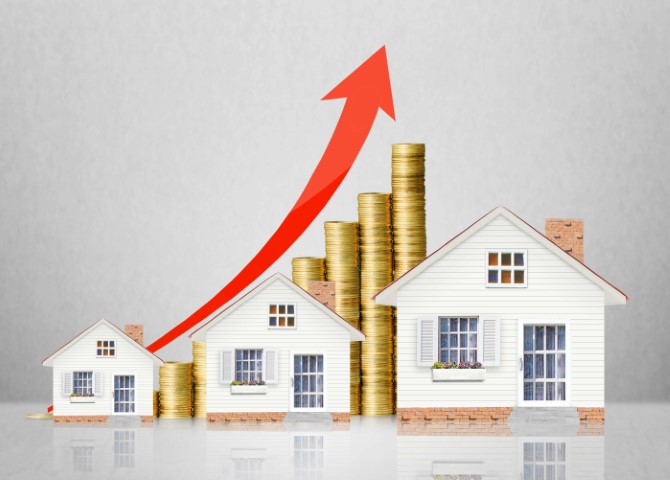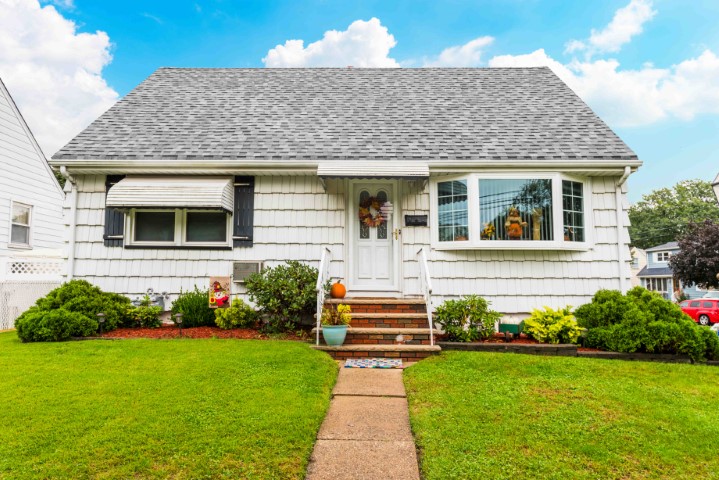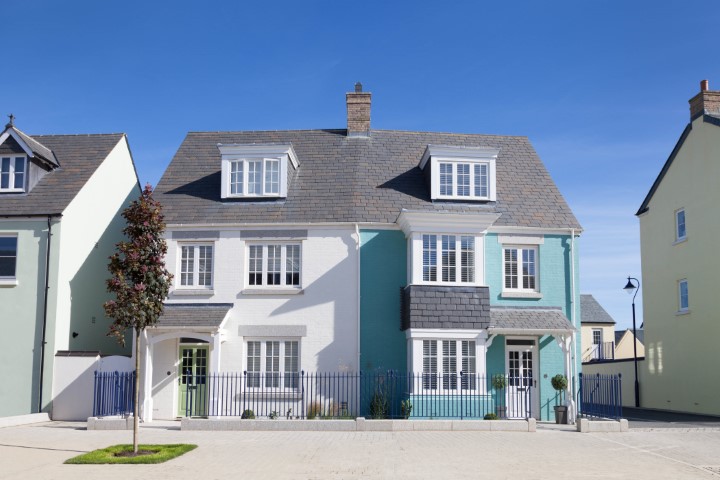November 15th 2022
 If you’ve ever taken one of my Money Machine Seminars, you’ll know I espouse a very simple plan for real estate investment: Buy one property a year for 10 years, never amortize for more than 15 years and never sell. A good many of you have over the years followed that simple plan, and in fact, have gone far beyond that 10-property template. The first one or two properties are by far the hardest to acquire. It gets simpler as you go along. Your equity grows. Financing gets simpler. And quite frankly growing your portfolio gets addictive. But it raises the question, especially when you are just getting started on what to buy.
If you’ve ever taken one of my Money Machine Seminars, you’ll know I espouse a very simple plan for real estate investment: Buy one property a year for 10 years, never amortize for more than 15 years and never sell. A good many of you have over the years followed that simple plan, and in fact, have gone far beyond that 10-property template. The first one or two properties are by far the hardest to acquire. It gets simpler as you go along. Your equity grows. Financing gets simpler. And quite frankly growing your portfolio gets addictive. But it raises the question, especially when you are just getting started on what to buy.
I am a big believer in developing a mixed portfolio of property types. Don’t just stick to one thing. Each has its advantage and disadvantage. Allow me to expand for a minute or two on the strengths and weaknesses of several of the different property types you may want to consider.
 One of the easiest property types to acquire and to manage is a single-family residential property. For one thing, they are in abundance. You won’t have any problem finding a suitable candidate. They are easy to rent. Probably the most sought-after dwelling among renters is the single-family home. And they tend to be one of the easiest to operate. Snow removal and grass cutting are traditionally the responsibility of the tenant. And because there is only one family entity to contend with, you won’t have problems with multi-tenants who don’t get along. I have found over the long run, my single-family residential rentals are the easiest to operate. Require very little intervention on my part and have very little tenant turnover. When you are looking to buy a single-family residential rental, look for a good location that will attract a quality tenant, and look for a good quality building. One you would be proud to live in yourself. The one downside with this type of investment is that return on investment isn’t generally that high. But capital appreciation over time is generally very good.
One of the easiest property types to acquire and to manage is a single-family residential property. For one thing, they are in abundance. You won’t have any problem finding a suitable candidate. They are easy to rent. Probably the most sought-after dwelling among renters is the single-family home. And they tend to be one of the easiest to operate. Snow removal and grass cutting are traditionally the responsibility of the tenant. And because there is only one family entity to contend with, you won’t have problems with multi-tenants who don’t get along. I have found over the long run, my single-family residential rentals are the easiest to operate. Require very little intervention on my part and have very little tenant turnover. When you are looking to buy a single-family residential rental, look for a good location that will attract a quality tenant, and look for a good quality building. One you would be proud to live in yourself. The one downside with this type of investment is that return on investment isn’t generally that high. But capital appreciation over time is generally very good. Another option, very similar to single-family dwellings is semi-detached. Generally, a little more affordable than a detached home, and yet will still earn a good rental rate of return.
Another option, very similar to single-family dwellings is semi-detached. Generally, a little more affordable than a detached home, and yet will still earn a good rental rate of return..jpg) When it comes to quality of investment, from a cash flow perspective, it’s hard to beat a multi-family building. Duplex and triplex to be specific. Of course, multi-units of 6, 8, 10, etc. are equally and perhaps more desirable, but they are harder to find and especially for the novice investor, harder to finance. Generally speaking, once you are looking at a 4-plex and beyond, most lenders consider this a commercial loan. Rates are a little higher and criteria are a little stricter.
When it comes to quality of investment, from a cash flow perspective, it’s hard to beat a multi-family building. Duplex and triplex to be specific. Of course, multi-units of 6, 8, 10, etc. are equally and perhaps more desirable, but they are harder to find and especially for the novice investor, harder to finance. Generally speaking, once you are looking at a 4-plex and beyond, most lenders consider this a commercial loan. Rates are a little higher and criteria are a little stricter.
I really haven’t exhausted all types of investment properties you should be considering. I would like to look at condos and commercial real estate. Both should be considered. But in the interest of time, I will carry those two over to the next issue.
Wayne Quirk, Author, “THE MONEY MACHINE”, wayneq@remax-gc.com